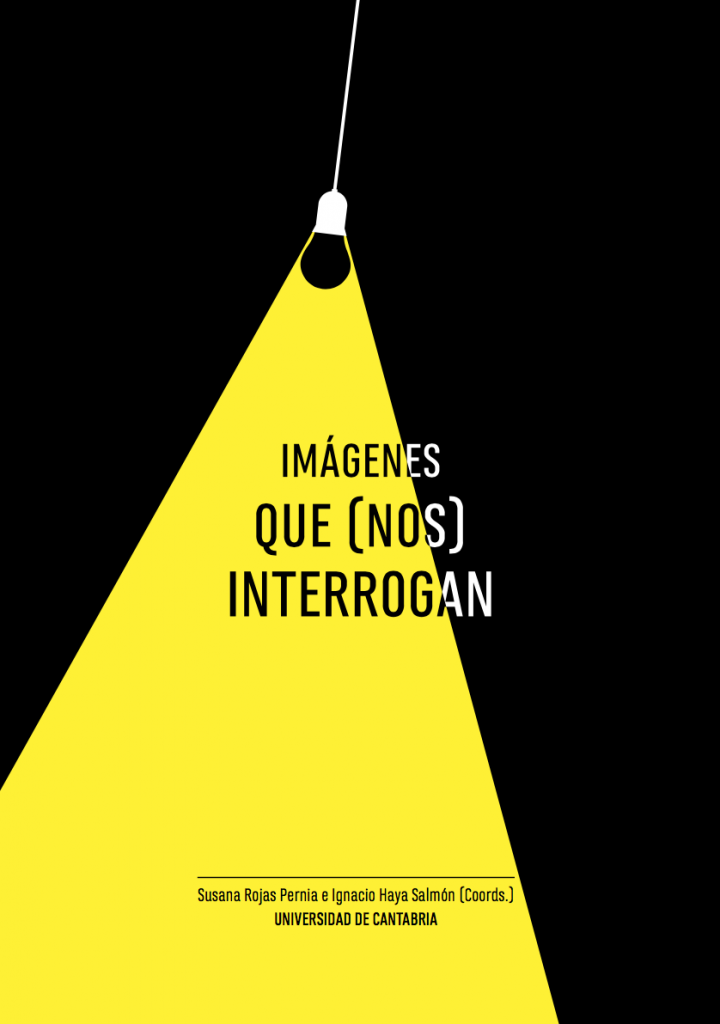Something to read
[aesop_collection collection=”41″ limit=”10″ columns=”3″ splash=”off” order=”default” loadmore=”on” revealfx=”off”]
[aesop_collection collection=”41″ limit=”10″ columns=”3″ splash=”off” order=”default” loadmore=”on” revealfx=”off”]
[aesop_collection collection=”40″ limit=”10″ columns=”2″ splash=”off” order=”default” loadmore=”on” revealfx=”off”]
[aesop_collection collection=”42″ limit=”10″ columns=”3″ splash=”off” order=”default” loadmore=”on” revealfx=”off”]
[aesop_collection collection=”43″ limit=”12″ columns=”3″ splash=”off” order=”default” loadmore=”on” showexcerpt=”on” revealfx=”off”]
[aesop_collection collection=”173″ columns=”1″ splash=”off” order=”default” loadmore=”off” showexcerpt=”on” revealfx=”off”]

Guía de recursos:
avanzando hacia la inclusión educativa
EDIFICANDO PUENTES: Proyecto de Innovación Educativa
en el Espacio Europeo de Educación Superior
COORDINADORES:
Susana Rojas Pernia
Ignacio Haya Salmón
AUTORÍA (por orden alfabético):
Fernando del Castillo Merino
Ángela Fernández Gutiérrez
Ignacio Haya Salmón
Andrea Oniboni
Carla Quintanal Ledo
Lourdes del Río de Miguel
Susana Rojas Pernia
Ángela Saiz Linares
Teresa Susinos Rada
Rubén Villahoz Burgos
DISEÑO Y MAQUETACIÓN:
Andrea Oniboni
UNIVERSIDAD DE CANTABRIA. 2014.
ISBN-13 978-84-697-1512-3

Imágenes que (nos) interrogan
Susana Rojas Pernia e Ignacio Haya Salmón (Coords.)
UNIVERSIDAD DE CANTABRIA
Licencia Creative Commons Reconocimiento – No Comercial – Sin Obra Derivada (by-nc-nd): No se permite un uso comercial de la obra original ni la generación de obras derivadas.
Proyecto de innovación educativa en Educación Superior: Imágenes en diálogo, educación inclusiva y el alumnado como co-constructor del curriculum.
“Imágenes que (nos) interrogan” es para nosotros un recurso educativo más, de los muchos posibles, que emerge con la intención de animar el diálogo y la discusión sobre el hecho educativo. Si bien es uno más, ni la forma que adopta –el soporte elegido– ni los dilemas explorados –los posibles contenidos– responden a una decisión arbitraria. Así, la imagen se convierte en el soporte principal sobre el que se construye nuestro discurso, adoptando la forma de catálogo visual. De este modo, pretendemos llegar a los múltiples y posibles destinatarios por canales alternativos a los empleados habitualmente en las instituciones educativas. La elección de la imagen como estímulo para la reflexión responde, por tanto, a un ejercicio intencionado de contrarrestar los lenguajes hegemónicos –oral y escrito– que han colonizado el terreno educativo y académico.
Accede desde aquí a la consulta:
Puedes acceder al documento compartido en https://board.net/p/mojate
Recursos para la presentación del corto
HOJA DE RUTA: http://b.link/hojaderuta
Formulario de consulta: Y tú, ¿qué opinas?
http://b.link/opino
Espacio compartido, para la puesta en común: https://board.net/p/mojate
AUDIOVISUAL
Por las ranuras de este espacio opaco. El vis a vis en prisión.
Contraseña: opinoque
En https://vimeo.com/311745153
o también, en: http://page.video/opinoque
You can consult the document in Spanish that we have created in this link:
Document on the Assessment Phase
[aesop_audio title=”Listen to us talking about the project (in Spanish)” src=”https://inclusionlab.unican.es/wp-content/uploads/2018/01/Evaluacion-Proyecto-EQ-16-17.mp3″ loop=”off” viewstart=”off” viewend=”off” hidden=”off”]
Audio transcription
Student: It’s a very long process, a very, very…
Student: First we had chosen ‘Change your words and you will change your school’ but in the end we chose ‘Change your words and your surroundings will change’.
Student: Because it is not only at school but where you live, around, where you relate.
Student: With parents…
Student: That of the parents…
You liked the parents the most. And you?
Student: For me what I liked the most: the cardboard [installation based on cardboard in the school] because as A said so well we are not only doing good to our surroundings and our school but also to the environment.
Student: What I liked the most was the cardboard because it was like… collecting good things, because it gave you something like energy, the good things they said to people…
Student: And not only have we been doing plastic arts, but also other subjects, such as: when we counted we did maths, when we wrote we did language.
Student: When we made the presentation, oral language…
Student: Well, for me, what I liked the most is how we have all been very united, the whole class very united, because it is… I mean… help, but it helps at that moment… because, we all got together for… well, for me it has been more like a lot of living together.
Student: It was incredible, because you have never seen us in your life… we have been seen in such a united class, that is, all on our side…
[Interruption with greetings] Hello… Hello…